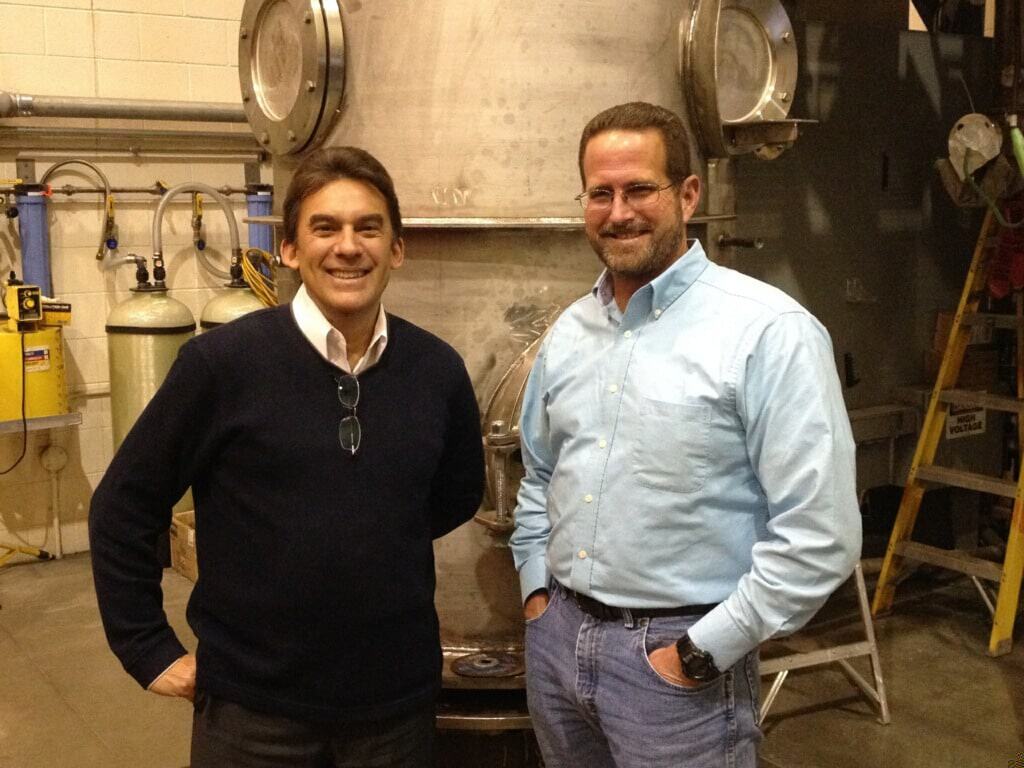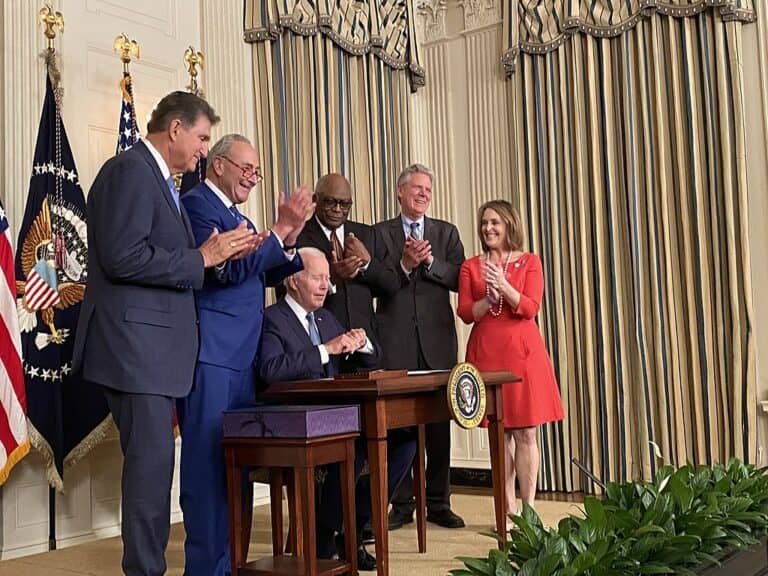Atomic Show #314 – Economies of scale for micro, small, medium, large reactors – with James Krellenstein
James Krellenstein is a physicist, consultant and nuclear energy historian. He is currently employed as a senior advisor to Global Health Strategies. He started up their decarbonization practice with an emphasis on nuclear energy along with renewables. He was the lead author on GEH’s report on ways to reduce global dependence on Russia for necessary…




